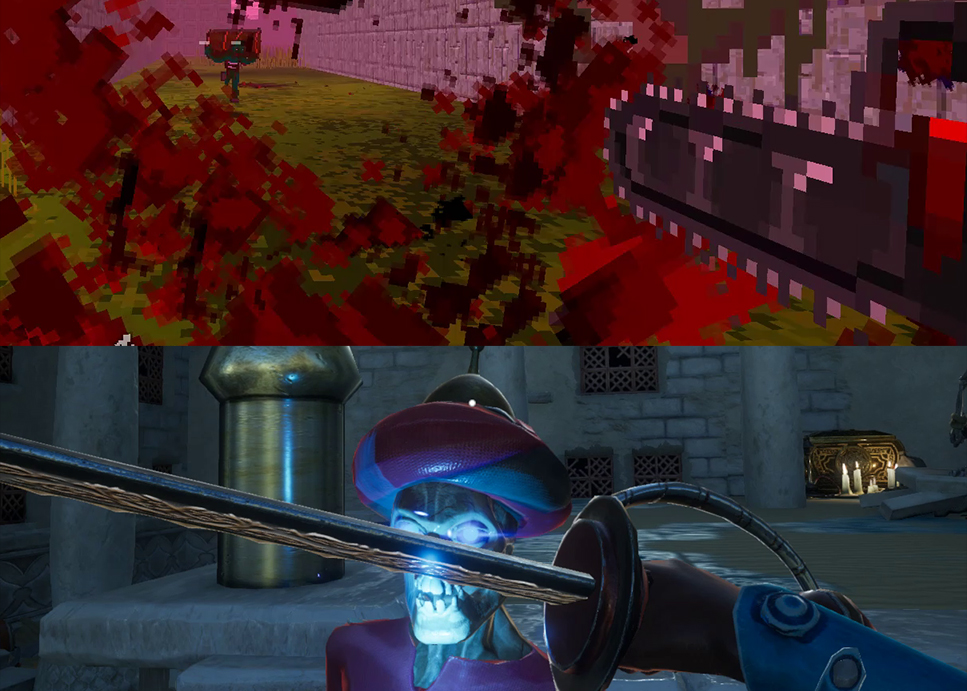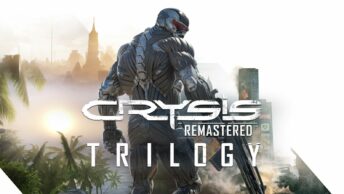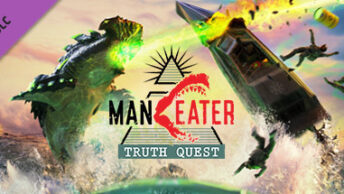Do you like first-person shooters? Do you like rogue-lites? Check out what happened when both were mixed together.
In my previous article I explained the difference between roguelike and rogue-lite, so by now you should know that it’s not possible for a first-person shooter to be a roguelike. For it to be a rogue-lite, on the other hand, it only needs to feature procedural environment generation and permadeath, with perhaps an ending or meta-progression sprinkled on top.
Reading, or watching a video? Pick your poison!
It’s harder to build good levels for an FPS than for a platformer or a top-down game. Most importantly, succeeding at giving players a good feeling with the gunplay is trickier than it seems. Great FPS games are rare, rarer still are great FPS rogue-lites. Having a look at an overview of the better known titles will help us see what has been accomplished so far.
Simply laying down the history is not very interesting so I will often add my personal opinion on the subject matter. Feel free to disagree, as long as you do it in a respectful way.
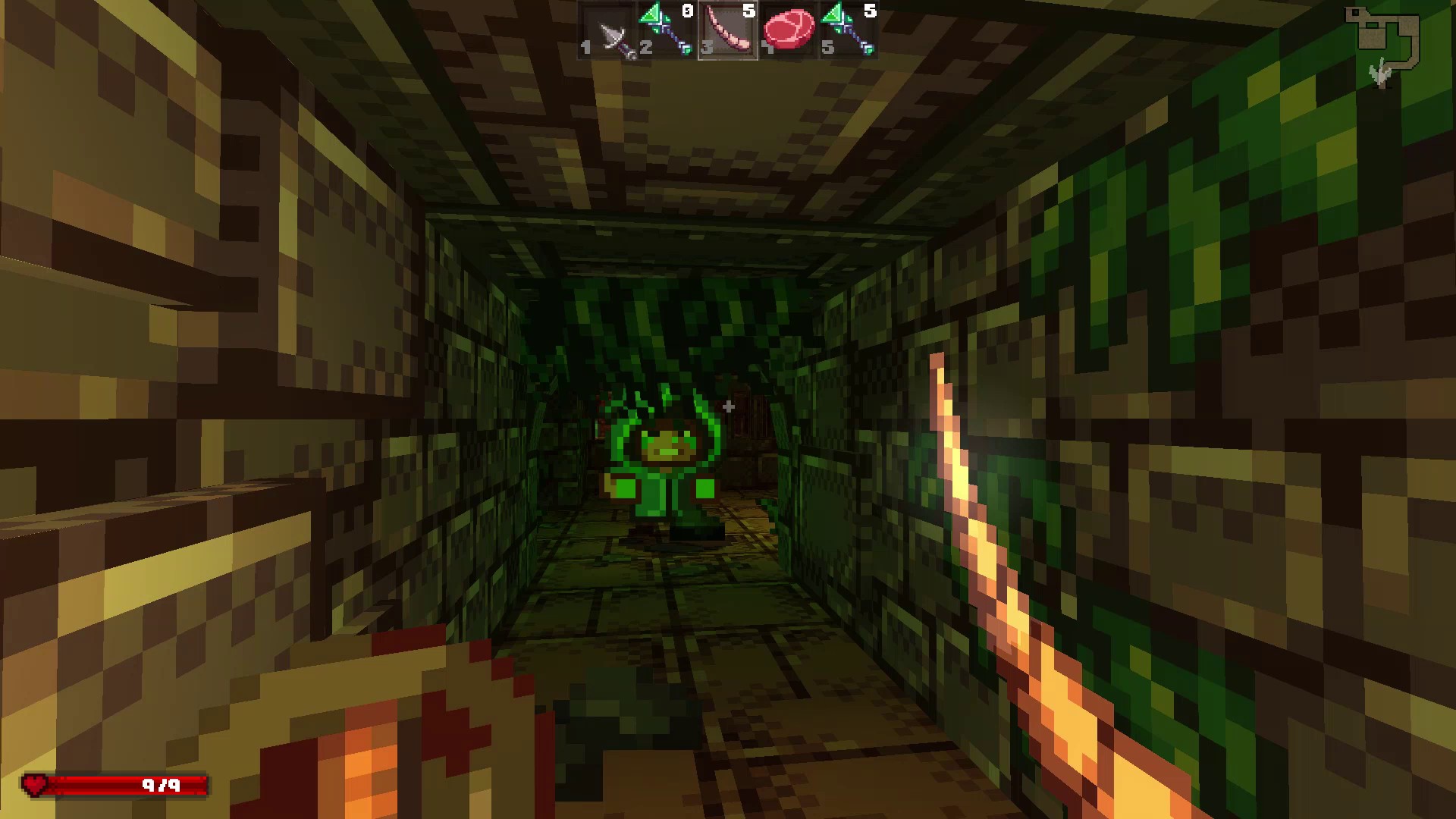
All the games on this list are arranged in a chronological order by their released date on Steam, except for the first one, Delver. It left its Early Access phase in 2018, but since it has been available to players since 2012, it is the FPS rogue-lite elder.
The universe of its dungeons is full of colors and cute enemies that are 2D sprites just like in the Doomlike era. Delver is a truly nice game. It’s not for the bloodthirsty, but since it’s accessible it earned a very solid reputation.
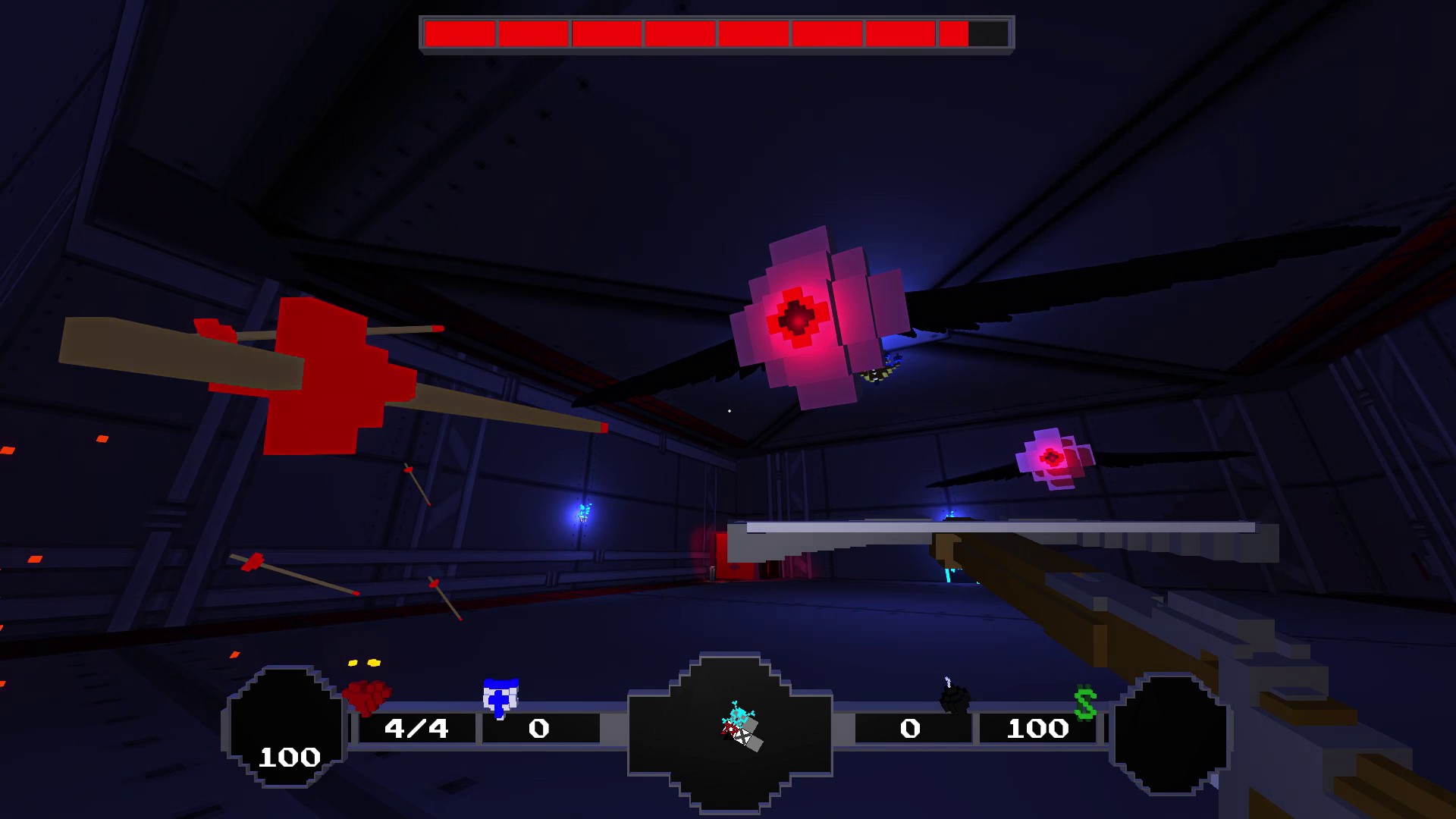
It’s the opposite for Paranautical Activity which was temporarily banned from Steam when one of its developers tweeted a death threat aimed at Gabe Newell, founder of the platform Steam. The game has a structure very similar to The Binding of Isaac but with voxel and dark rooms. It did not age well, but at least it was going for fast-paced combat when you were lucky enough to find a good weapon.
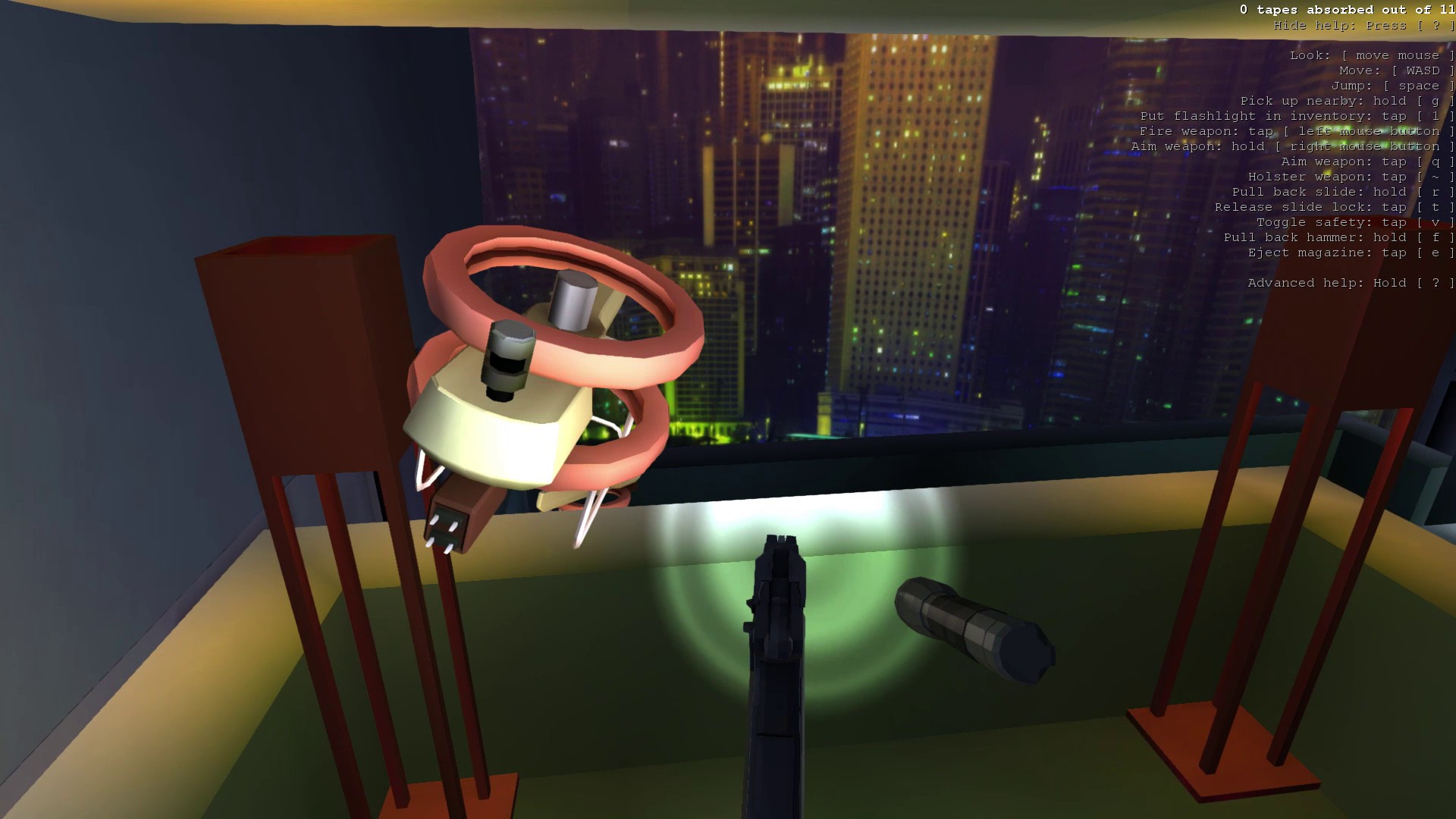
Receiver had the original concept of featuring a gun that required to be manipulated very finely with a key for each action.
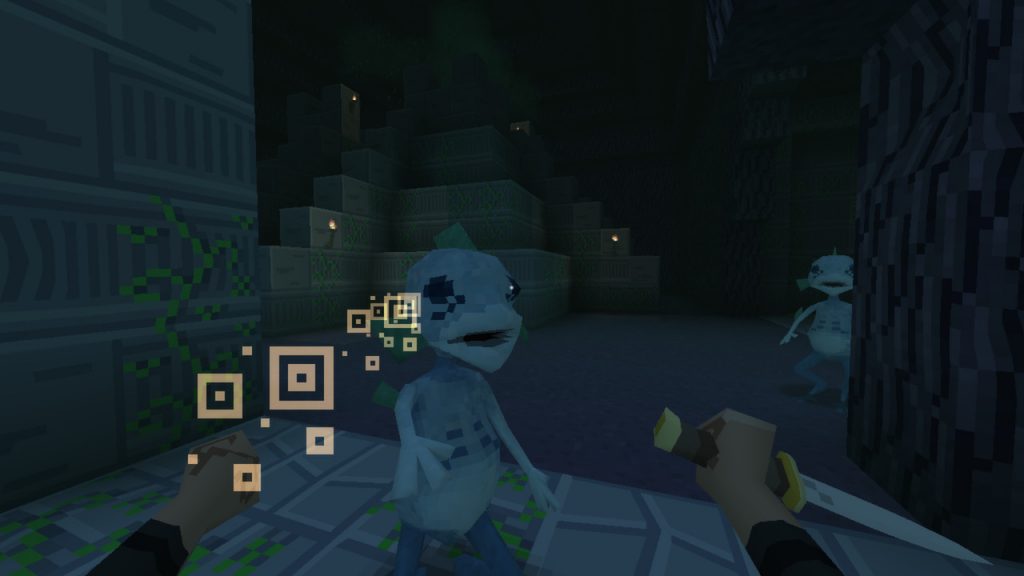
Eldritch was a personal favorite when it was released with its weird world inspired by Lovecraft’s bestiary. Its destructible environments are reminiscent of a Minecraft gone mad and populated with vicious beasts including Weeping Angel statues that only move when you turn your back. I had a lot of fun continuously sneaking deeper in these strange places.
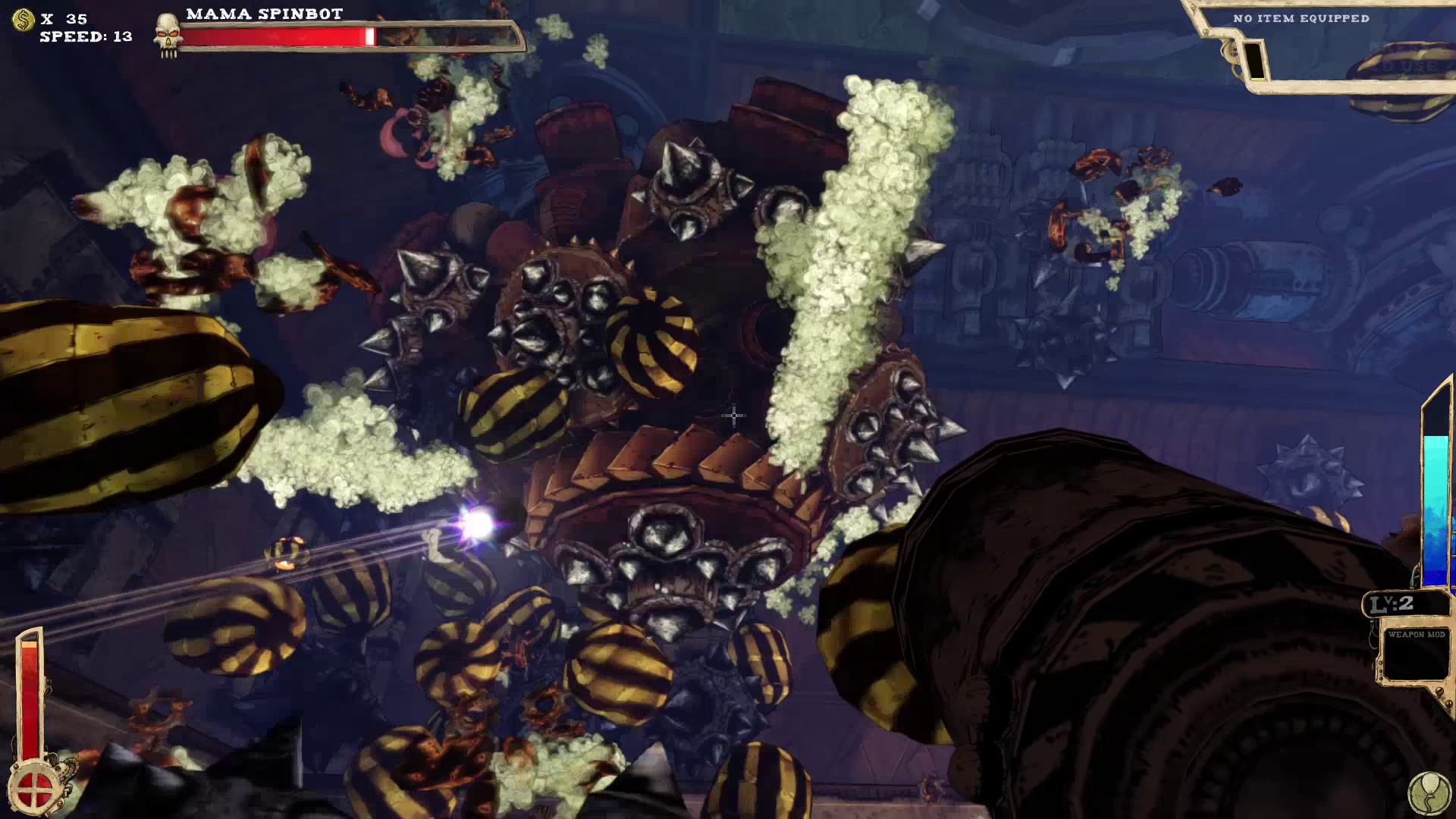
Tower of Guns has epic aerial battles in gigantic rooms busy with projectiles, but the gunplay is a bit weak. What it lacked in gun feedback was spent in the movements as the player eventually could jump so much it was almost like flying. The difficulty was well balanced and it was possible to reach the end of the adventure after only a few runs.
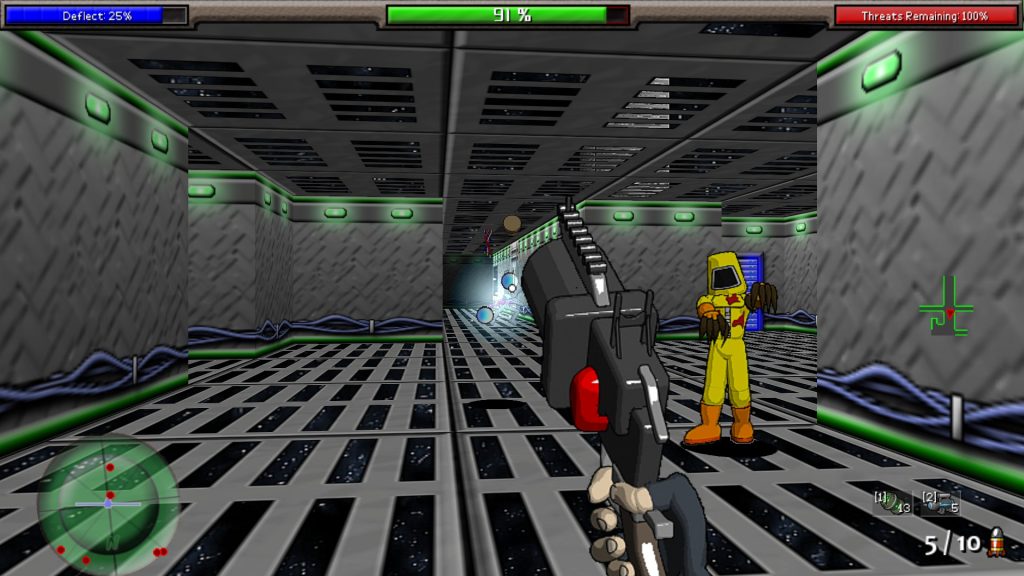
Rogue Shooter: The FPS Roguelike managed to get its name wrong (it should be rogue-lite if you followed my previous article) and it was reminiscent of all the cheap Wolfenstein 3D clones that we find on Steam. Yet, there was actually a lot of content in there. Too bad that the basic corridor levels are all perpendicular to each other, inducing some headaches.
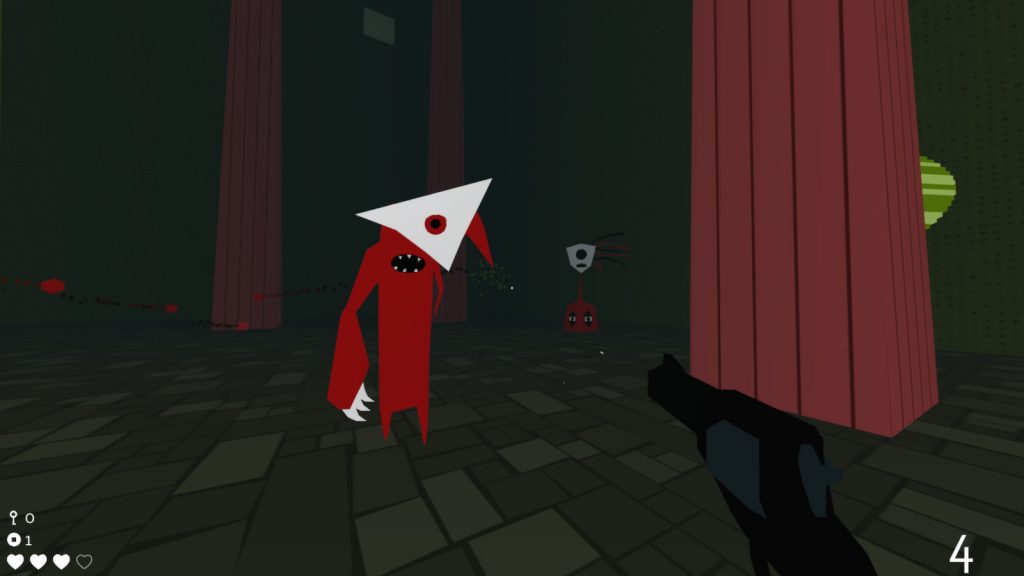
Fancy Skulls had interesting abstract enemies that required you to learn their weak spot. A bit too minimalistic, but very enjoyable. Unfortunately, the game has not received an update in years, rotting in Early Access.
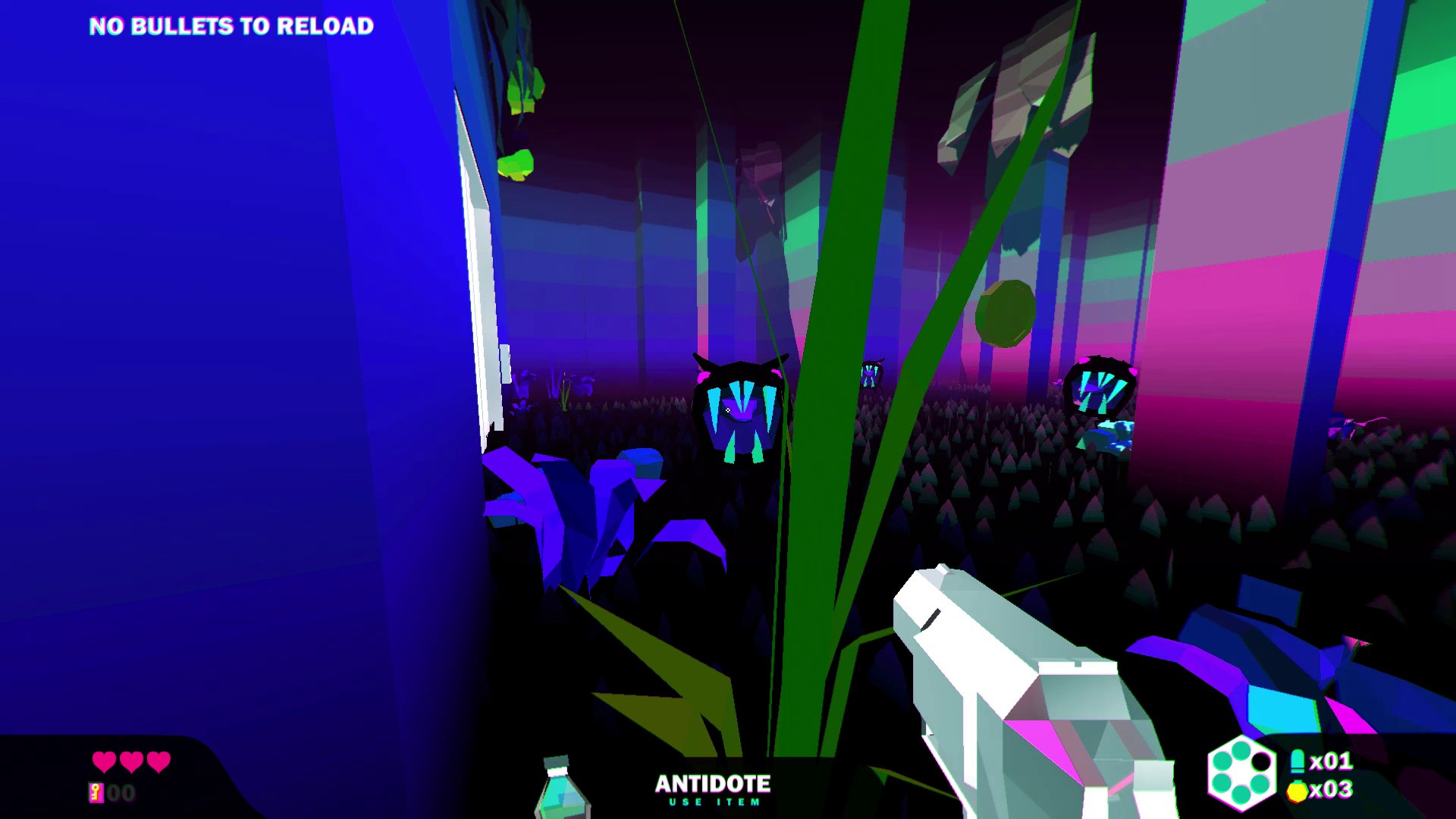
In Heavy Bullets each bullet matters and you have to pick them up off the ground. So, in the end, it’s a bit like shooting arrows. Or nerf guns. Not very exciting, but its neon universe is intriguing.
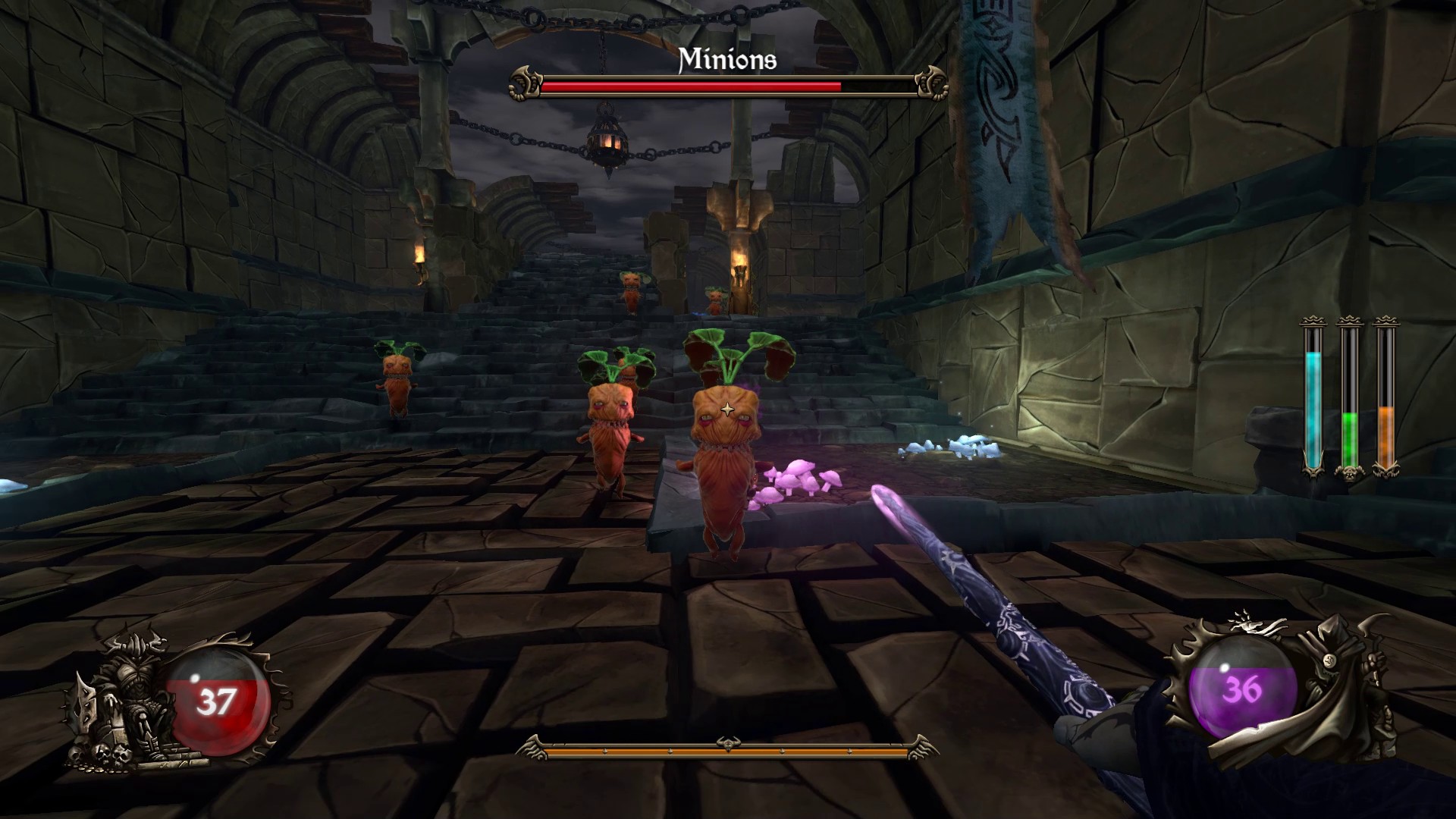
Mainly because there was little competition at that time, Ziggurat became well known. Fantasy universes are not too common in shooters, and for good reason: pewpew magic wands are not especially satisfying. Despite this, Ziggurat is a very well-made game and it has been the staple FPS rogue-lite for a long time. There are a lot of perks to unlock, there are arena rooms and traps rooms, lots of adorable or slimy enemies and many types of wands to dispatch them.
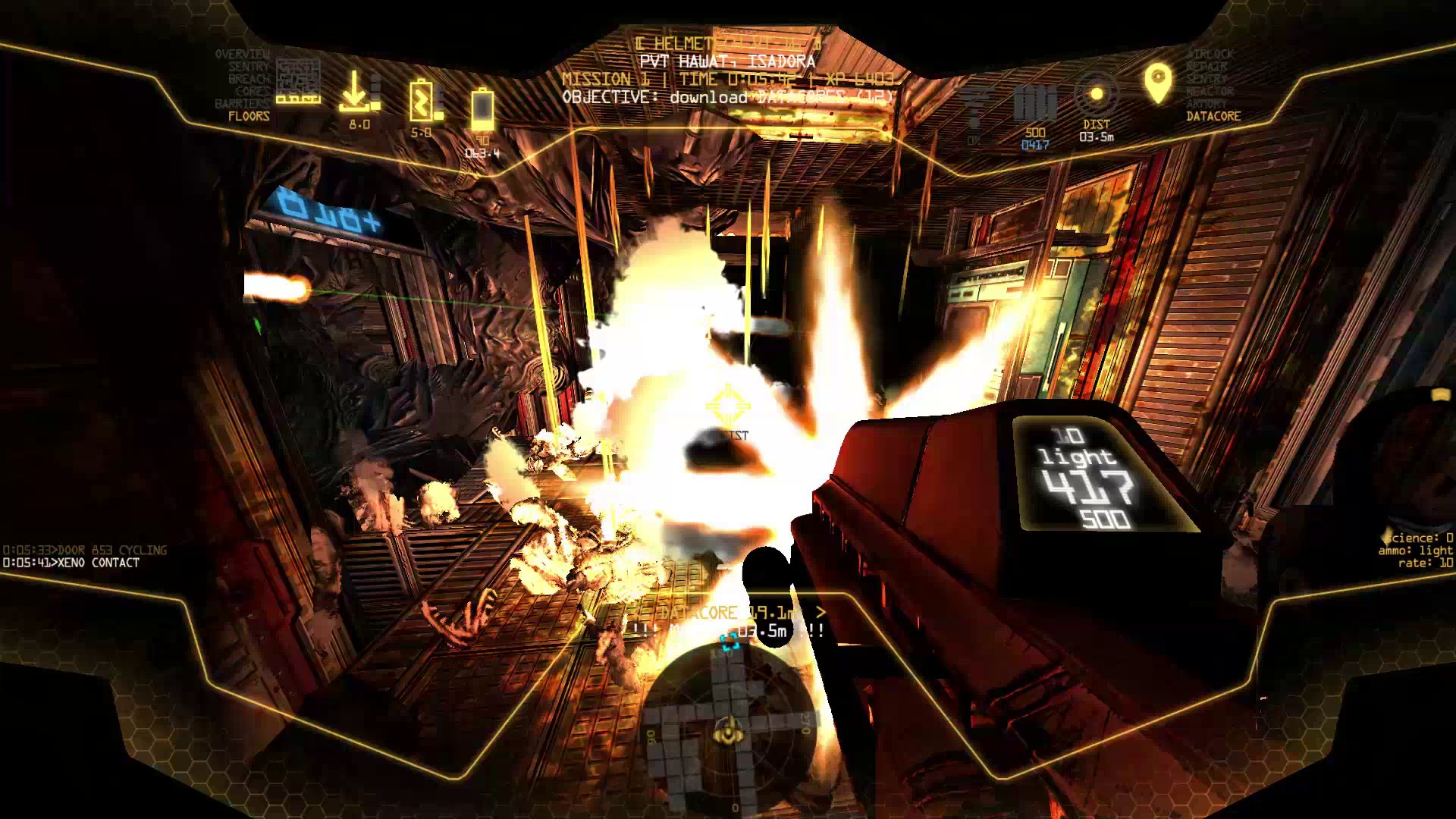
Space Beast Terror Fright is largely inspired by the movie Aliens and it’s a very stressful experience. The game has been in Early Access for a long time and the developers seem to struggle to give it a direction despite a very solid foundation. However, now and then I love diving into the belly of its spaceships to spread monster guts around just before being eaten myself. It can be played in local and online co-op.
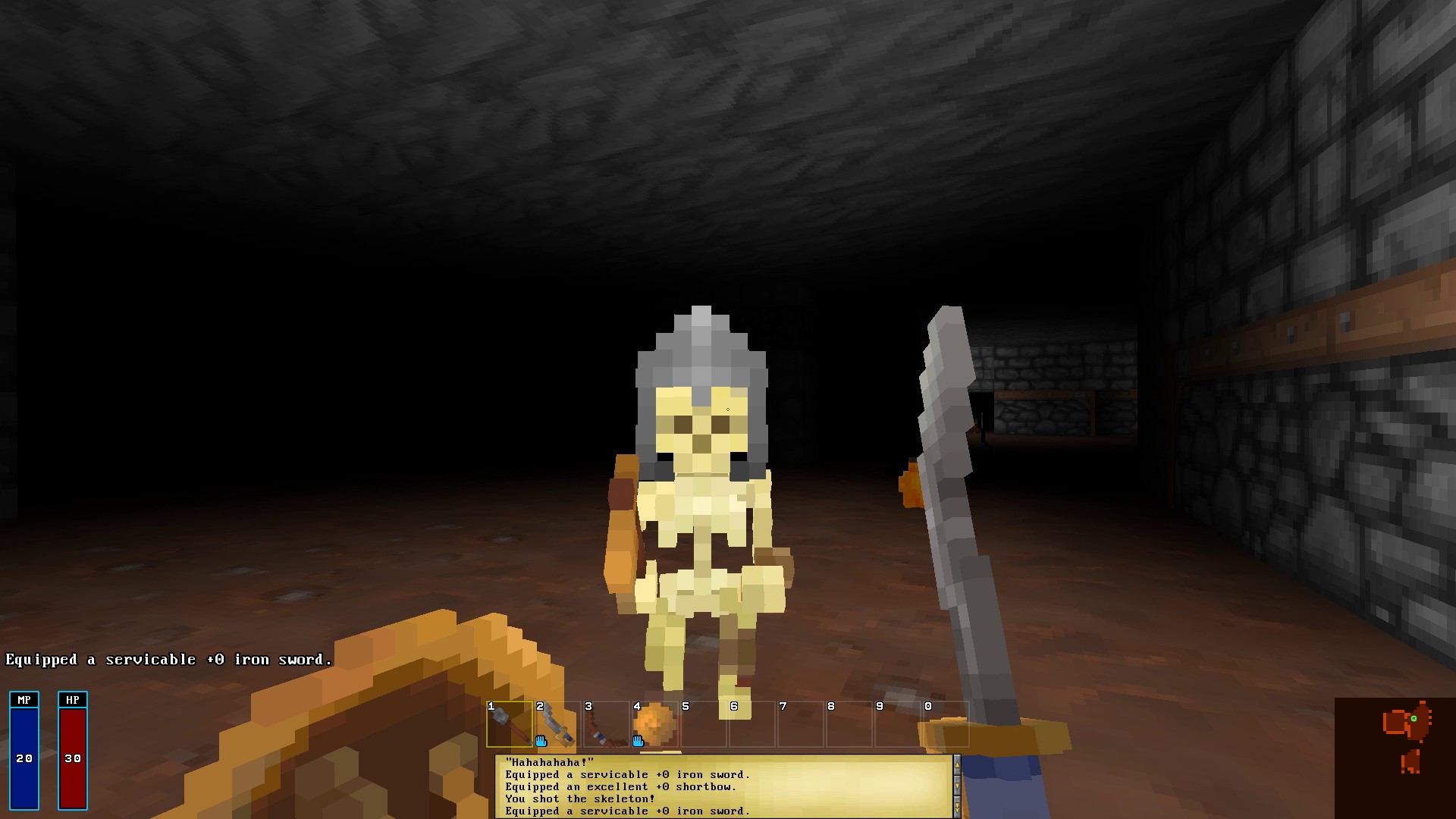
I don’t know Barony very well but it can also be played with online co-op. It seems to be very inspired by old-school dungeon crawlers such as Ultima or Daggerfall, and also the true classic roguelikes.
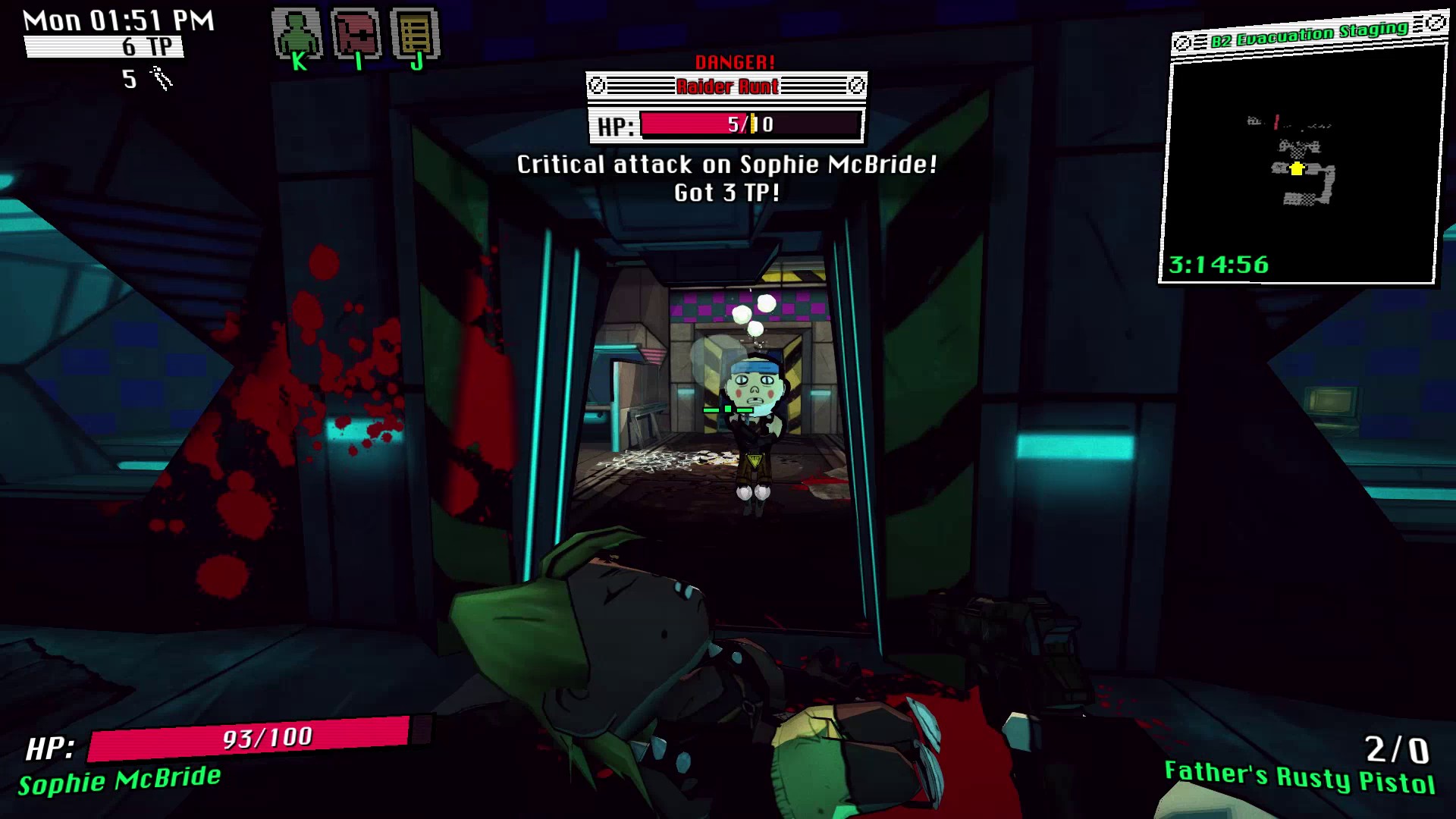
Wasted sends us deep in post-apocalyptic bunkers with a Fallout feel if you manage to survive its limited inventory management that completely breaks the pacing of the game. This is especially annoying considering that time is precious and an overpowered enemy shows up if you linger for too long.
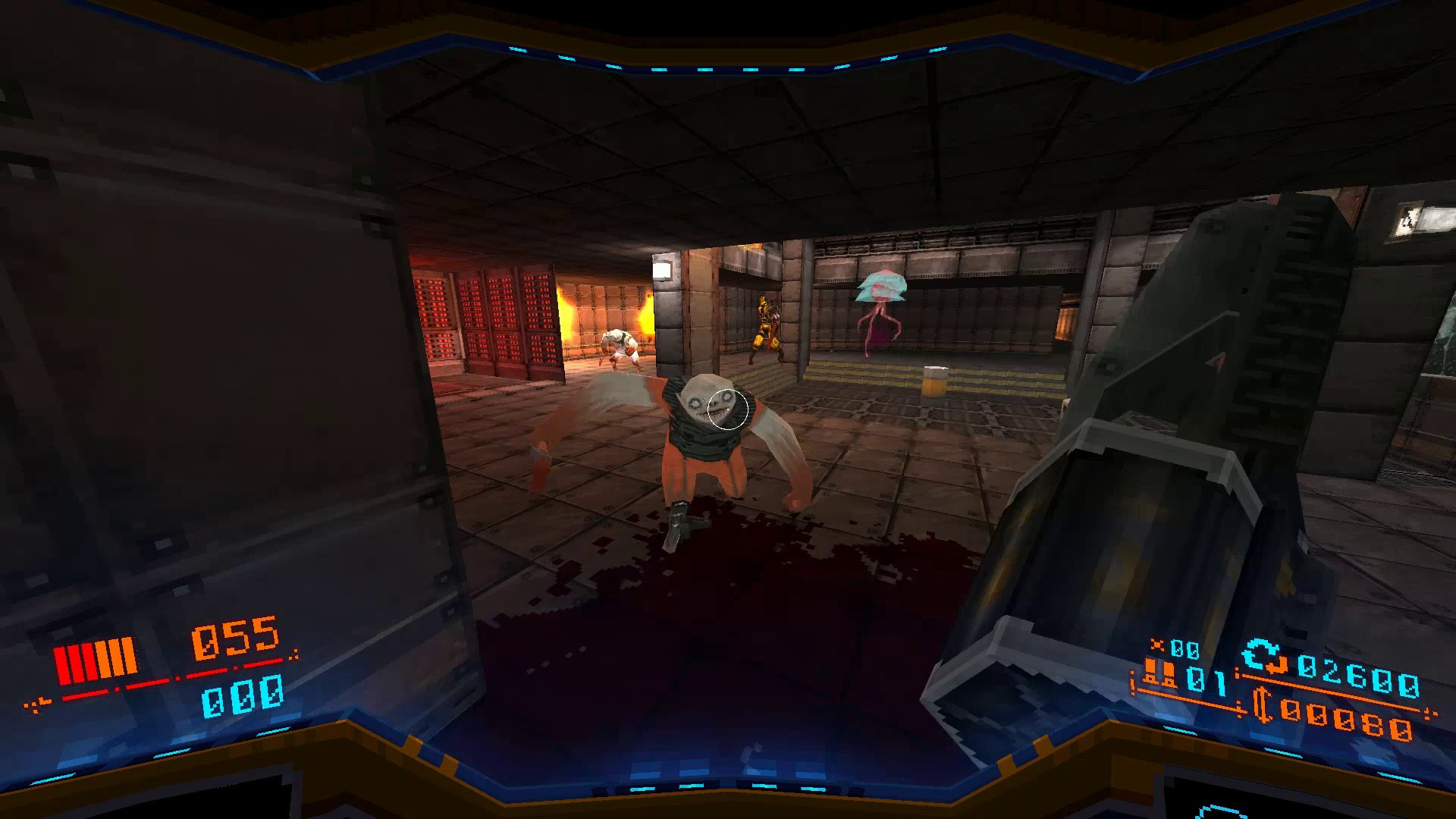
Strafe was selling dreams with its brilliant promotional campaign linking the title to Quake, and it’s true that the visual style is very reminiscent. However, the result is disappointing for anyone expecting gunfights and level design on a similar level. There are teleporters to go straight to later areas, but since they are hard to build it’s more a secret than a normal system. A little something is missing to make the game really work, but it’s still a good offering and I like this game better than the next.
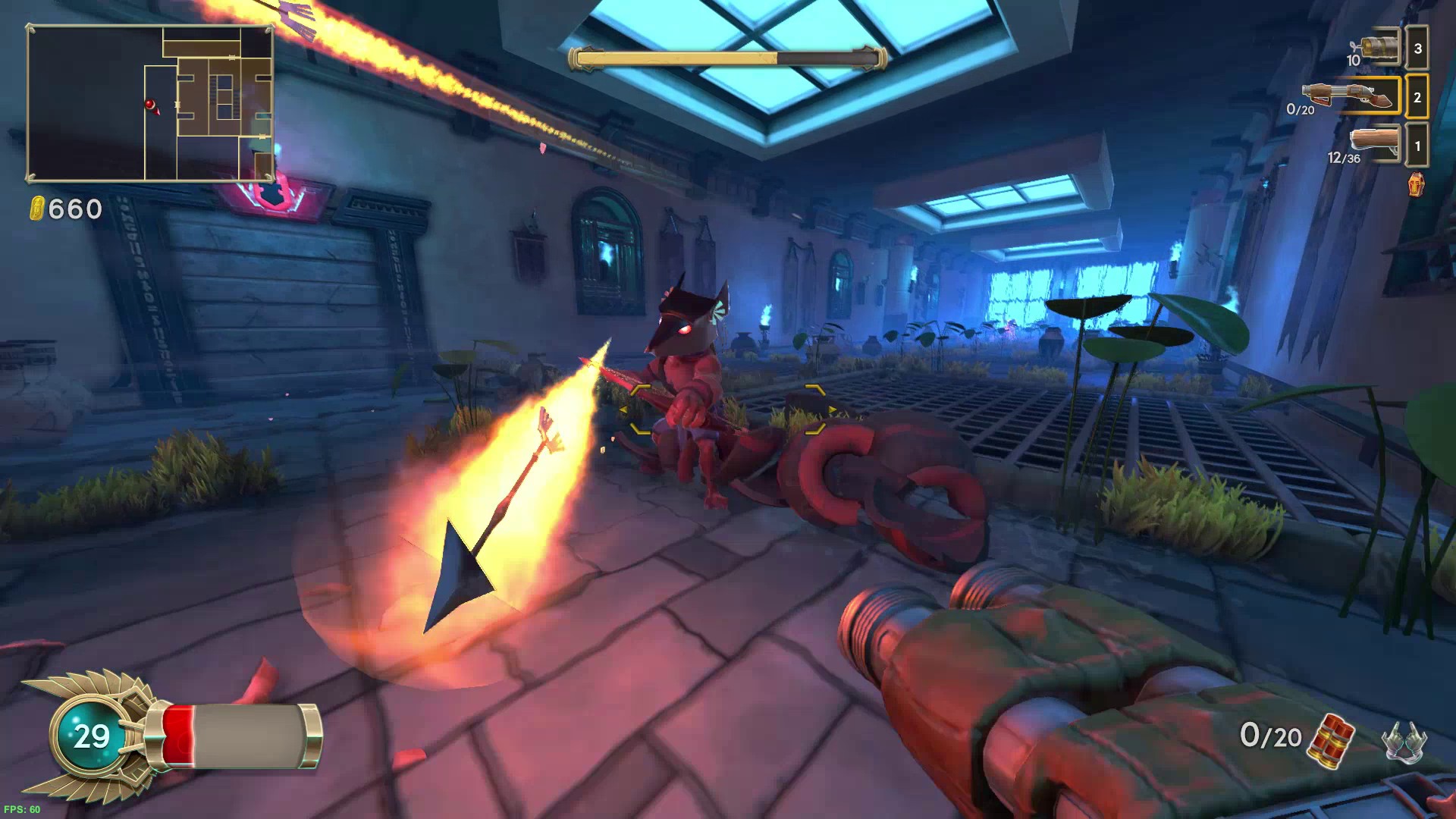
Immortal Redneck looked like a Ziggurat clone but with pyramids and real weapons. Well, I shouldn’t say that so fast, the weapons did not feel much better than magic wands in levels that are too big not too fall asleep in while walking through them. Lots of grinding was required to increase the stats of the character, which is even less fun in first-person shooters than in other genres. It’s a shame because there was also an interesting platformer element with the possibility to grab ledges like in the recent Doom game. Even though I did not appreciate this title, I can’t deny that many people enjoyed it, especially since it packs a lot of content.
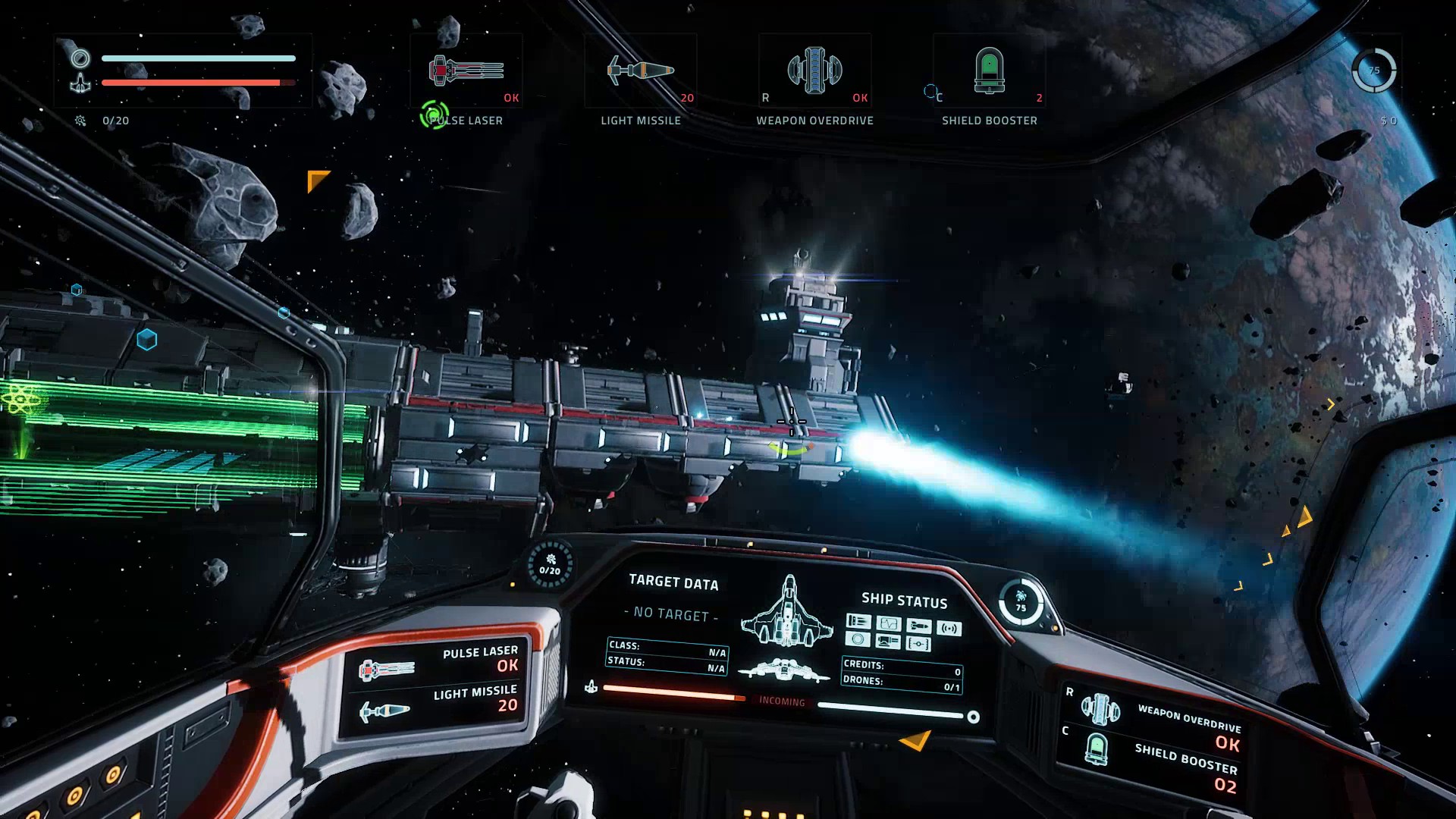
Everspace gave you a spaceship to soar through space and battle among asteroid fields. I will sound picky again, but I found the experience boring and frustrating especially since there are again stats to upgrade, but still, some players enjoyed the dogfights and the pretty visuals. Neither seduced me.
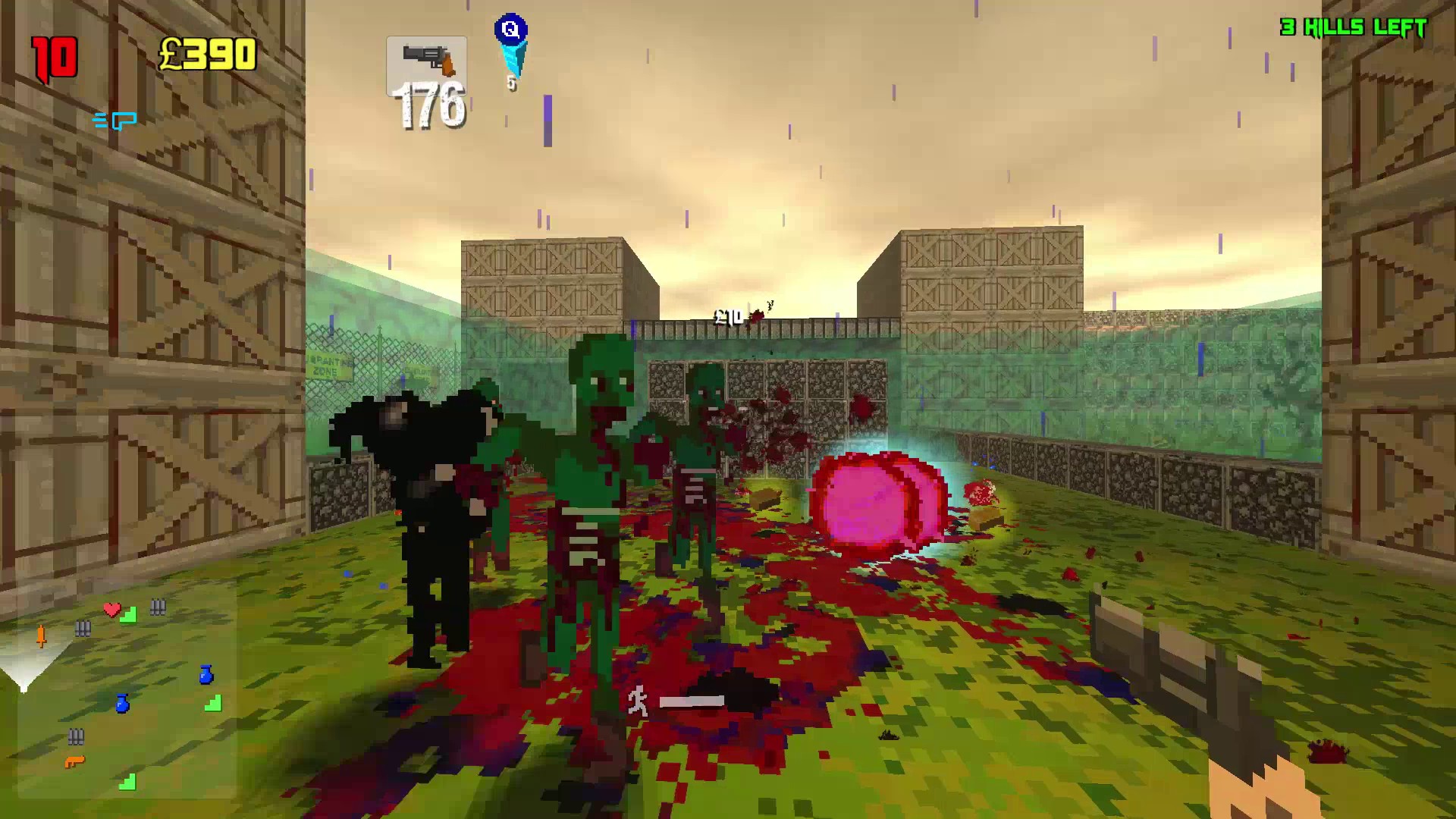
You won’t spend your life on Still Not Dead, and actually, there is no permanent progression. Nonetheless, it’s a real pleasure with quick sessions. Despite the lack of vertical aim, the weapons offer a great feeling, it’s fast and violent with terrifying moments when the screen turns red and Death itself is chasing after you across the level. Bonus points for the great enemy variety, such as those that create a stasis around you to trap you.
Our preview, the game has since been improved
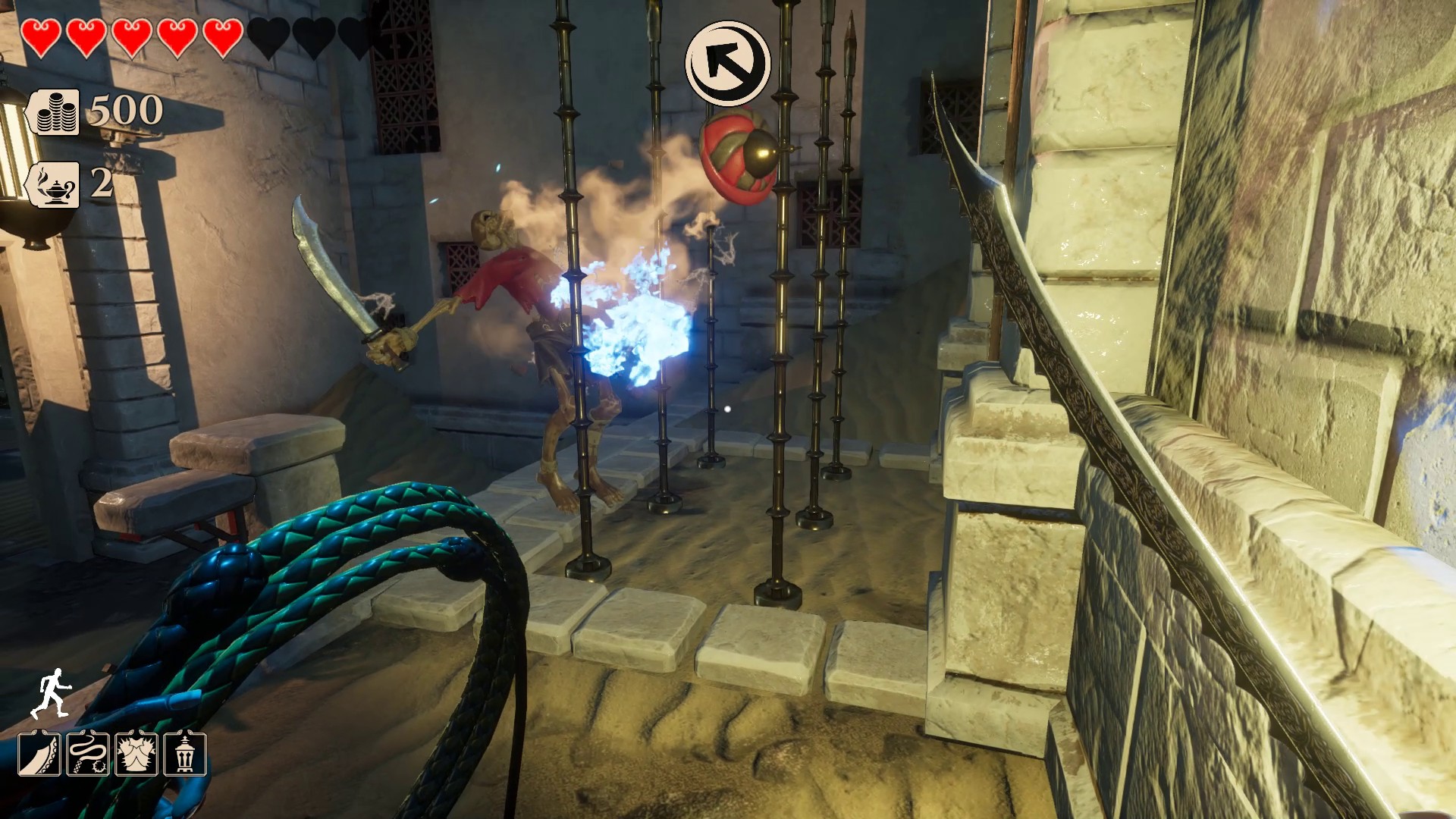
City of Brass is the game on this list that most resembles a AAA title from a big studio as it is graphically gorgeous and a technical marvel with lots of great design details, such as skeleton eyes turning bright blue to inform you that you have been spotted. It’s not a shooter, but the sharp blades are very powerful and the whip is fantastic. You can swing yourself from rings, grab enemies, trip them or stun them. With all the traps in the levels, I had as much fun as in good old Dark Messiah. This game is easier than the other rogue-lite offerings and it’s possible to finish it within a few runs, which is actually quite refreshing. Among the other refreshments, there are portals to skip directly to more advanced levels, and the game does not feel like a grind to increase stats. All killer, no filler.
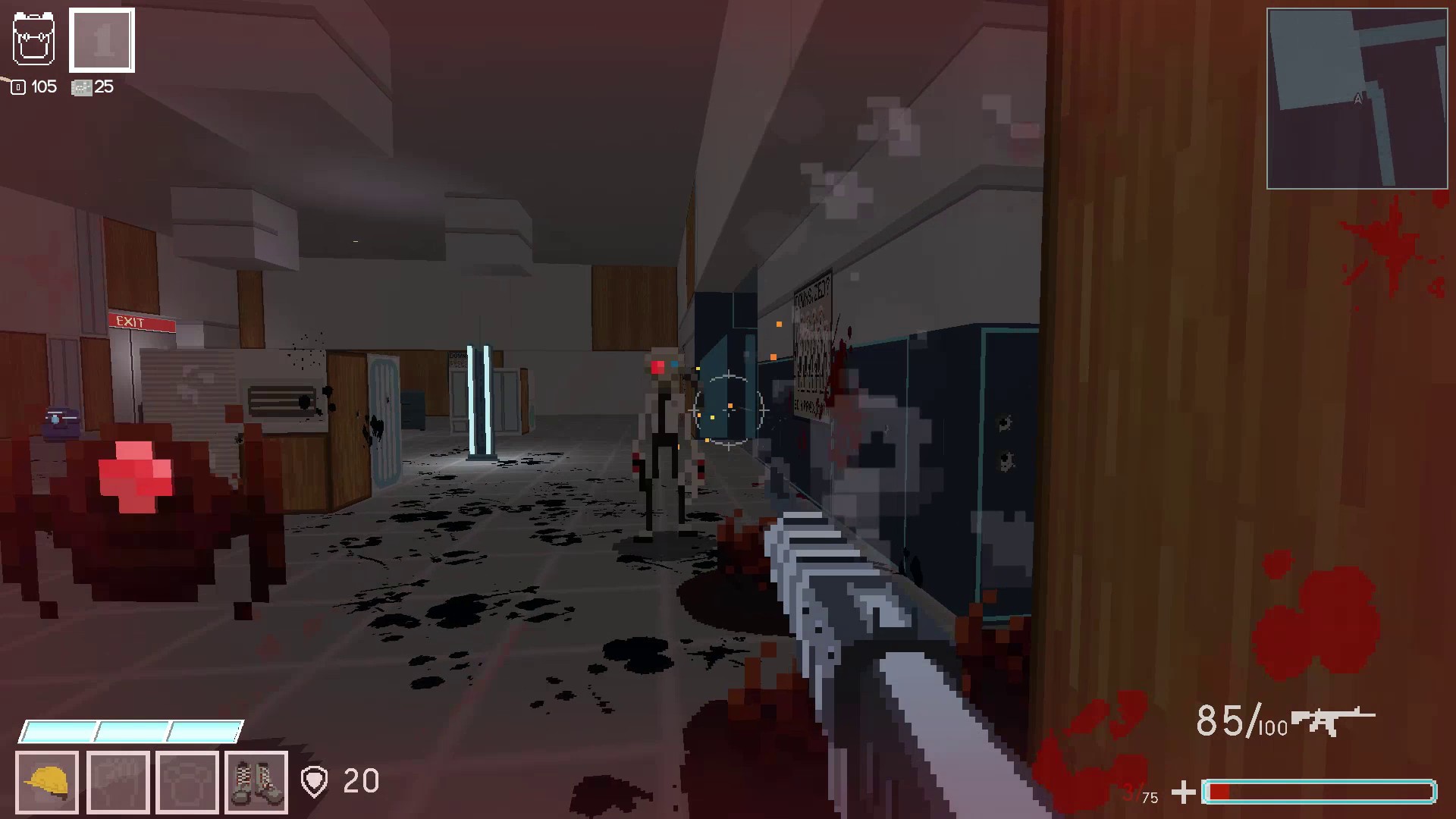
I am surprised that Bunker Punks appears among the latest games to have been released as it feels very dated. The gunfights are awful, and it actually makes me sad that this game managed to be better known than Still Not Dead which also features sprites as enemies but is much better on every level.
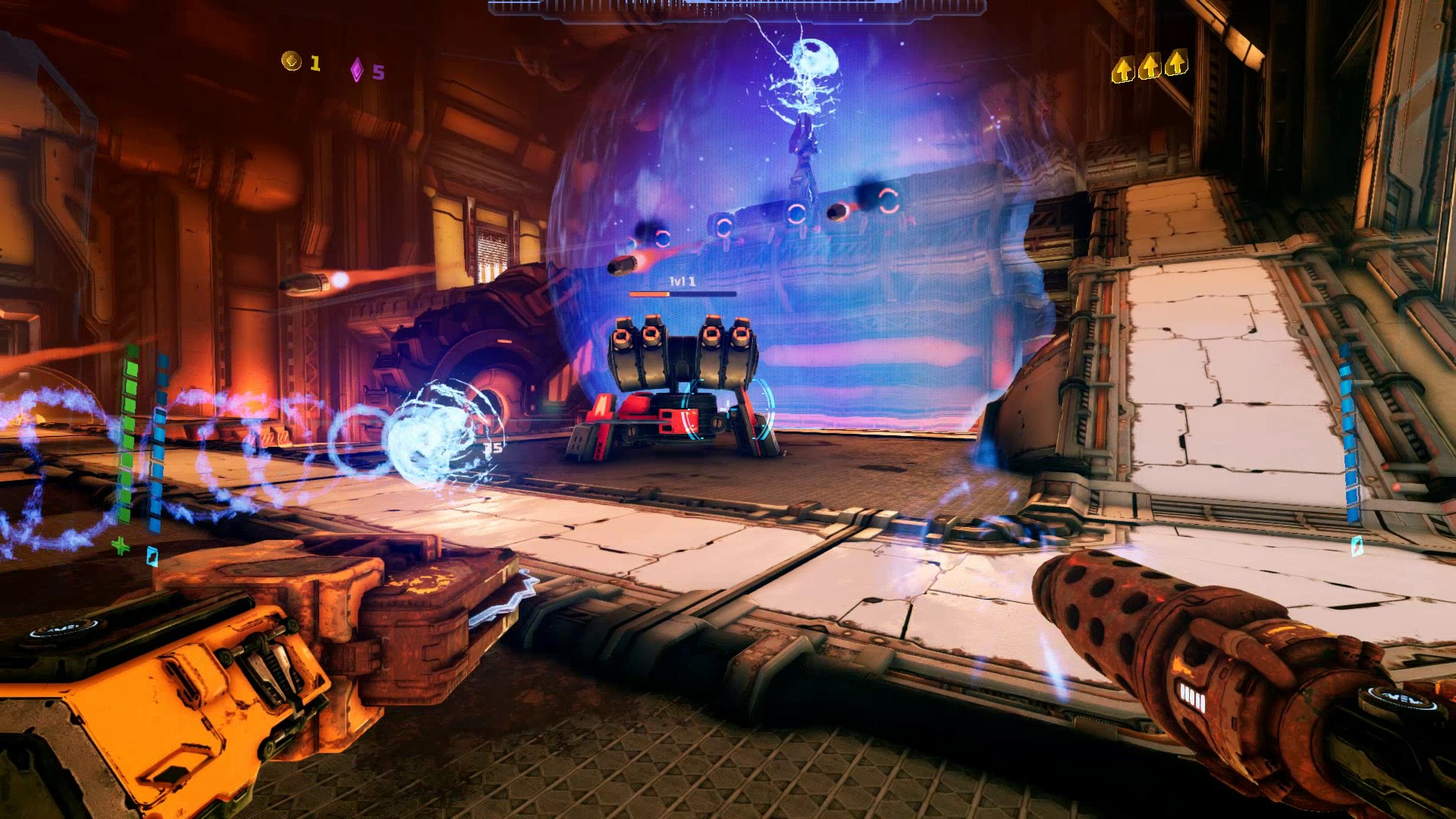
Mothergunship is kind of a sequel to Tower of Guns with gunfights that are a little more nervous but the levels are a little less epic. This game can be played in online co-op. There is a lot of good here as well as some unsatisfying parts, but I will point out that a step by step progression makes the campaign more accessible. When you die, you lose precious equipment and the last dungeon that you visited disappears, but you are never forced to go back to the very beginning. It’s as if the game was a succession of smaller rogue-lites playing each after one another.
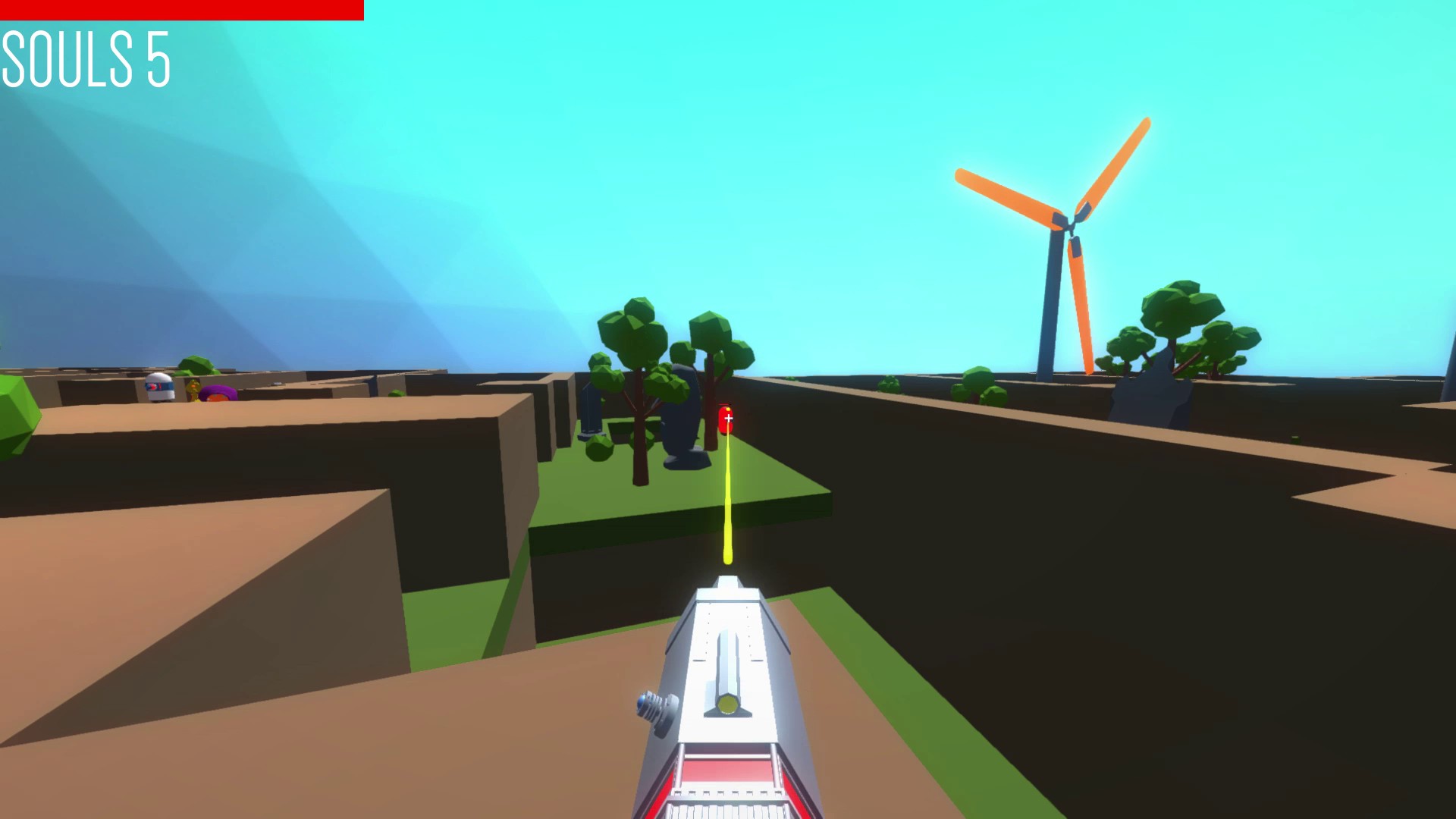
Polygod is quite ugly but I still had a good time with its first level that was built in an interesting way, both open and closed with lots of different enemies that can be quite challenging, but they frequently drop some health to compensate. After that, enemies become too resistant to be fun to fight with our slow bullets, and the environments become too tricky to maneuver freely. Balancing is clearly lacking, and there is no permanent progression to compensate for this. This game also features online co-op.
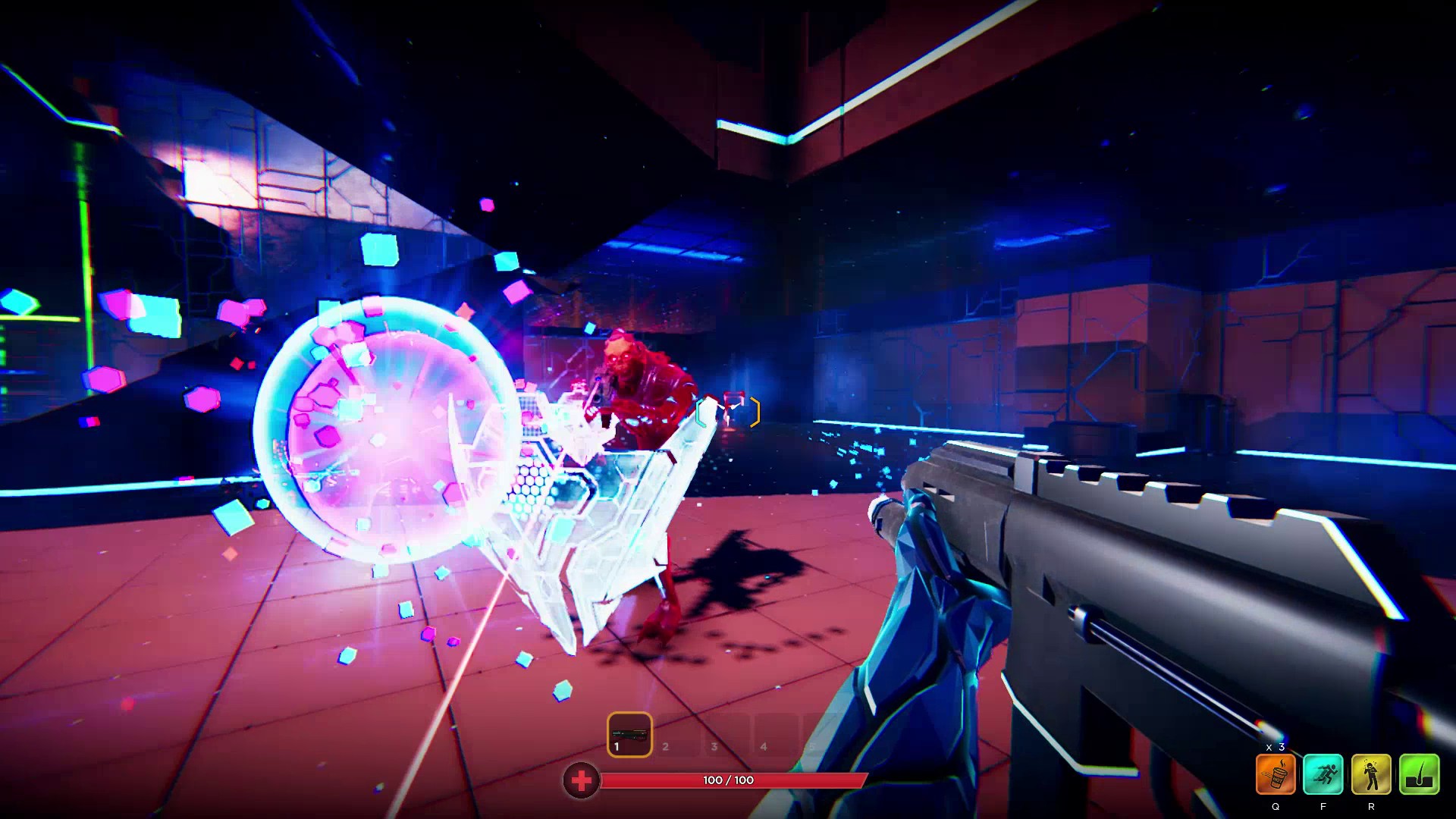
Hypergun also has only one gun to upgrade, but here it’s clearly not as fun as most modifications are +10% this and -5% that. Meta-progression is slow and tedious as you grind for a few stat boosts. Shooting enemies quickly becomes very very monotonous. It’s a shame, the visual style and the music contribute to a great atmosphere.
As an aside, Prey: Mooncrash is not a rogue-lite as the level’s architecture never transforms into something completely different, only enemy and item positions are swapped and a few areas are closed off. The output, albeit very well designed, is closer to the age-old random number generation, also called RNG, that has been commonplace in games for decades. It was already there in Tetris and in the original Pokémon! The environments themselves really have to transform when the player dies for a game to qualify as a rogue-lite. Likewise, a procedural generation without a system of permadeath does not qualify. Deep Rock Galactic has randomly generated missions, but failing does not cause permanent loss of equipment.
Teleporters seem more and more common in the latest titles, allowing players to quickly get back to where they died without necessarily having to beat the whole game again. I had a lot more fun when shooting felt good right from the start, and I was put off pretty violently by games built around a grind to gradually increase the stats of the character or the gun. Furthermore, all the games that relied on stats increase had a poor shooter feel, so there is that. Level design was largely more miss than hit, although City of Brass clearly stands out in that department.
My current favorites are City of Brass, Space Beast Terror Fright, Eldritch and Still Not Dead. Delver, Ziggurat, Mothergunship and Strafe manage to come close. There has still not been an ultimate shooter that crushes the competition and gets everyone on-board. Therefore, dear developers, the crown is still up for grabs!

